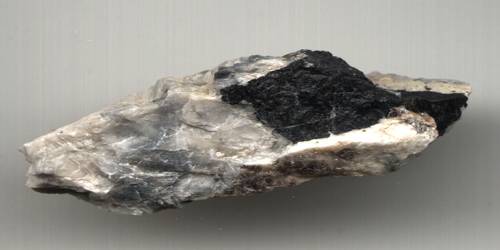The physical benefits of exercise in improving physical condition and fighting disease have long been established, and doctors always advise patients to stay physically active. Regular aerobic exercise has been shown by scientists to reduce overall levels of tension, elevate and stabilize mood, improve sleep, and boost self-esteem. Five minutes of aerobic exercise can start to produce anti-anxiety effects.
According to a study led by researchers at the University of Gothenburg, both moderate and strenuous exercise relieves anxiety symptoms, even when the disorder is chronic. When stress affects the brain and its numerous nerve connections, the rest of the body feels the effects as well. Alternatively, if your body feels better, so will your mind. Exercise and other forms of physical activity release endorphins, which act as natural painkillers and improve sleep quality, which reduces stress.
The study, which was recently published in the Journal of Affective Disorders, involved 286 patients with anxiety syndrome who were recruited from primary care services in Gothenburg and the northern part of Halland County. Half of the patients had been suffering from anxiety for at least ten years. Their average age was 39 years, and 70% were female.
There was a significant intensity trend for improvement. The findings show that their anxiety symptoms were significantly reduced, even when the anxiety was a chronic condition when compared to a control group that received physical activity advice based on public health recommendations.
Malin Henriksson
Participants were randomly assigned to either moderate or strenuous group exercise sessions for 12 weeks. The findings show that their anxiety symptoms were significantly reduced, even when the anxiety was a chronic condition when compared to a control group that received physical activity advice based on public health recommendations.
After the 12-week program, the majority of people in the treatment groups went from a moderate to a high level of anxiety to a low level of anxiety. The likelihood of improvement in terms of anxiety symptoms increased by a factor of 3.62 for those who exercised at a low intensity. For those who exercised at a higher intensity, the corresponding factor was 4.88. Participants were unaware of the physical training or counseling that people outside of their own group were receiving.
“There was a significant intensity trend for improvement,” says Malin Henriksson, a doctoral student at Sahlgrenska Academy at the University of Gothenburg, a specialist in general medicine in the Halland Region, and the study’s first author.

According to psychologists researching how exercise alleviates anxiety and depression, a 10-minute walk may be just as effective as a 45-minute workout. According to some studies, exercise can quickly improve the mood of many people who are depressed. Although the effects are only temporary, they show that a brisk walk or other simple activity, similar to taking aspirin for a headache, can provide several hours of relief.
Importance of strenuous exercise
Previous research on physical exercise in depression has shown significant symptom improvement. However, a clear picture of how exercise affects people with anxiety has been lacking until now. The current study is said to be one of the largest to date.
Under the supervision of a physical therapist, both treatment groups had 60-minute training sessions three times a week. Cardio (aerobic) and strength training were both included in the sessions. A warmup was followed by 45 minutes of circle training around 12 stations, and the sessions concluded with a cooldown and stretching.
Members of the moderate-level exercise group were expected to reach roughly 60% of their maximum heart rate – a level of exertion classified as light or moderate. The goal for the more intensely trained group was to achieve 75% of maximum heart rate, and this level of exertion was perceived as high. The levels were validated on a regular basis with the Borg scale, a well-known rating scale for perceived physical exertion, and confirmed with heart rate monitors.
New, simple treatments needed
Cognitive behavioral therapy (CBT) and psychotropic drugs are the current standard treatments for anxiety. However, these medications frequently cause side effects, and patients suffering from anxiety disorders frequently do not respond to medical treatment. Long wait times for CBT can also have a negative impact on the prognosis.
Maria berg, associate professor at the University of Gothenburg’s Sahlgrenska Academy, general medicine specialist in Region Västra Götaland’s primary healthcare organization, and corresponding author, led the current study.
“Primary care physicians require treatments that are individualized, have few side effects, and are simple to prescribe. The 12-week physical training model, regardless of intensity, represents an effective treatment that should be made more widely available in primary health care for people suffering from anxiety” berg claims.
















